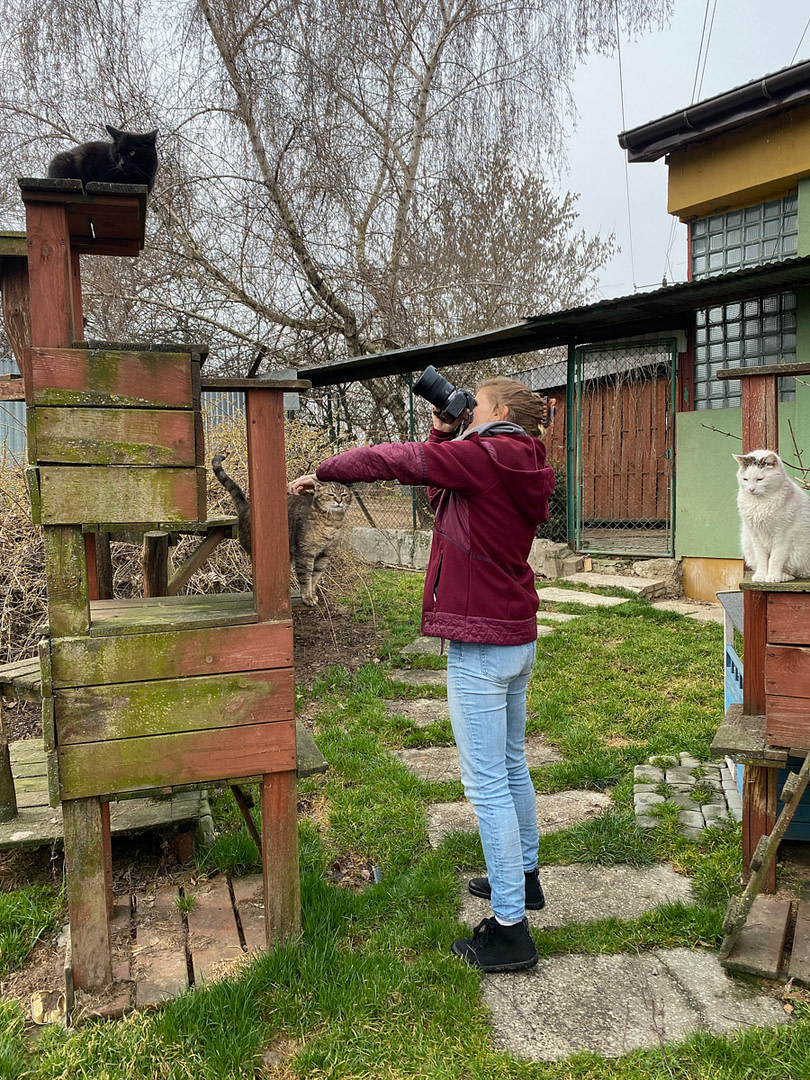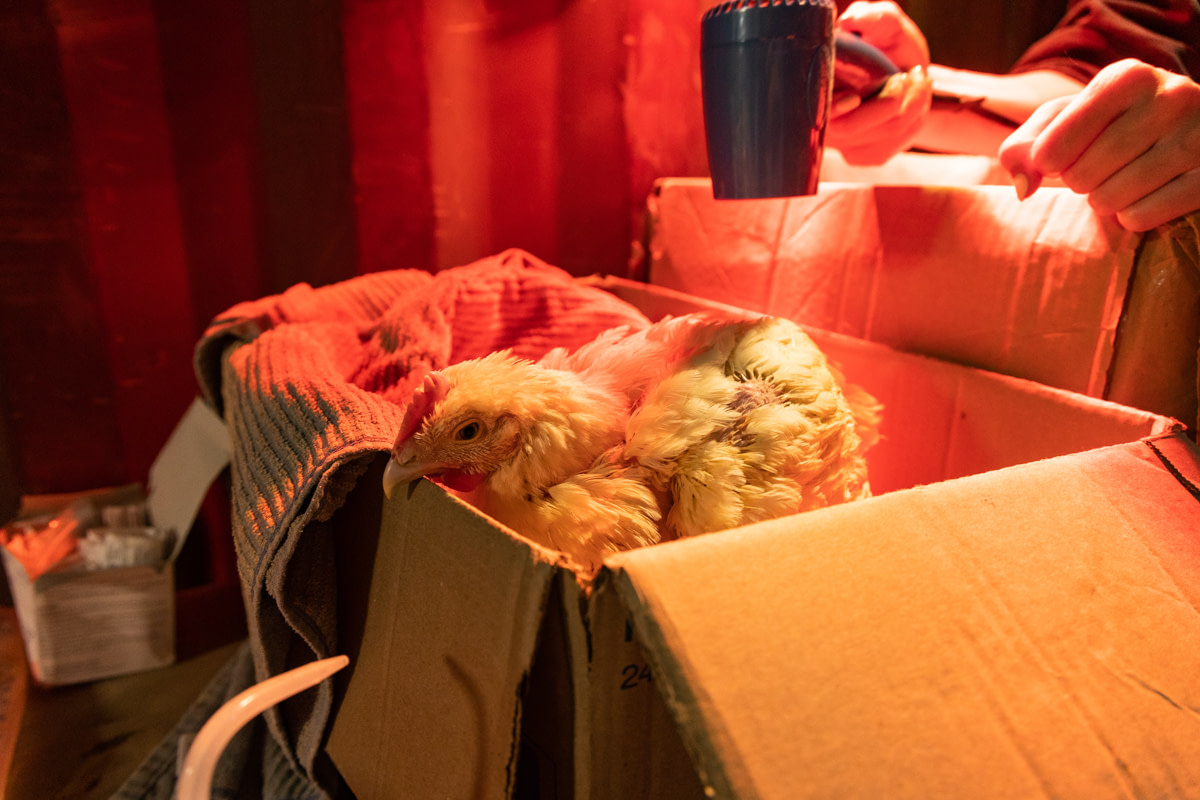Interview with Photographer Molly Condit

We sat down with We Animals Media photojournalist Molly Condit to learn more about her journey towards animal photojournalism and her recent work with We Animals Media
Molly Condit (MC): Animals, 100%. We moved around quite a bit during my childhood and rescued dogs, cats and I believe a rabbit or two were part of that period. I always felt a connection to and with them, and as I got older, I wondered how best to merge that connection with a vocation. I’ve always loved photography and especially movies, so when I went to Columbia University for college, I naturally majored in film studies and worked in both production and post-production after graduation. I had a small stint in the veterinary tech world and as a jewelry designer before moving into photography full time in 2013.
There is so much to be said for the companionship and love that animals give – when my father passed away in a car accident shortly after my 16th birthday and a partner passed roughly ten years ago, the animals I shared life with were paramount in helping me move through the grief process. My passion for the journalistic work I do now is both a reflection of the inextricable bonds and love that I feel exist between our species and a deep-rooted desire to help shed light on the issues facing animals today.
MC: I’m in constant awe of Cristina Mittermeier’s work. Her images are breathtaking and hold so much power in content, composition and feeling. And, in creating SeaLegacy with her partner Paul Nicklen, they’ve been able to create real, tangible change for animals on a political and legislative scale with the visuals they create. I aspire to that.
MC: Every place, every animal and every human attached to a situation brings new and complex layers that must be peeled away with thought and consideration. I think pushing myself to create images that spark conversation is always at the forefront of my mind and part of what I love most while actually documenting. What’s most challenging, however, is returning to the images or video clips afterwards and facing them again while editing and captioning. It can be quite heavy at times.
MC: Joining PETA Germany’s team was an unprecedented experience and my first time in an active war zone. Listening to air raid sirens blaring as the team collected cats from a makeshift shelter in the basement of an apartment building after driving through sandbagged checkpoints into and out of Lviv was surreal. Meeting human refugees at the train station in Przemyśl who had managed to bring their animal companions with them alongside a single suitcase of belongings was at once heartwarming and sobering. And later recalling how eerily quiet the PETA transport van rides were, despite carrying multiple cats and dogs displaced by the war, was heartbreaking. It makes you reevaluate everything when you see firsthand the impact of war, especially on the animals.
Yet covering these particular stories revealed that there exists kind and compassionate responses to the violence and struggle that war creates. From the Polish woman who made extra room in her shelter for Ukrainian cats and dogs as they awaited further travel into the EU, to the American who volunteered at a holding facility in Lviv and helped move supplies around the country through personal fundraising, to the Ukrainian volunteers who risked everything to drive animals from the high conflict eastern parts of the country to the Medyka border, these individuals showed an initiative and selflessness for the sake of the animals that continues to astound me.
MC: It’s kind of a funny thing, but I tend to stick with one camera body (I’m a Canon person) and my go-to lens, the 24-105 IS. I find the versatility of the zoom lens allows me to catch a variety of compositions of fleeting moments quickly and efficiently. I’m a light packer, what can I say!
MC: To be honest, I’m still processing a lot of what I saw during those two days of filming. Witnessing the indifference and insensitivity that some practitioners and members of the community expressed towards the chickens was quite chilling, and our presence was contested everywhere. It was also very technically challenging with the constant rain and wind, but I think we all kept remembering how much worse it was for the animals. This was my first foray into intensive investigative work and I’m grateful for the opportunity. I was honored to work alongside Victoria de Martigny and Kelly Guerin and create visuals that have and will hopefully continue to reach a wide audience.
MC: I remember attending the 2018 Animal Law Conference in Chicago (thanks to my law librarian mum), listening to Jo-Anne deliver the keynote address and having one of those lightbulb moments where I realized this was a possible career path. While I already had her books and knew of her (I’m a total fangirl, let’s be honest), I was completely mesmerized by her presentation and thought “wait, maybe I could do this too!” It was an overwhelming idea at the time, but over the past four years I have slowly transitioned from pet portraits to shelter and sanctuary pro bono work when possible to jumping on a plane to Ukraine and elsewhere. Every experience has helped me become a better photographer and filmmaker and taught me how to integrate an evolving skill set to operate and document in any situation, especially those animal rights-related.
My best advice is what I would have given myself: reach out to the people you admire, donate time and service to the organizations you see that are in need and take risks. Much of what I have been able to accomplish so far is a result of listening to my gut and saying “Yes, I will make that happen. Let’s go!”
MC: A day after Kaporos, I flew down to Puerto Rico to start what looks to be a long-term documentation of the issues facing companion animals on the island. There is an epidemic of stray cats and dogs (often pets who are illegally dumped at beaches and rural areas), which in tandem with the severe lack of basic resources such as electricity and water and limited access to affordable veterinary care has created a serious crisis, exacerbated by hurricane season. I followed the efforts of The Sato Project, which does amazing work rescuing animals and supporting local shelters. I hopped along last minute on a 3 a.m. Wings of Rescue evacuation flight transporting dogs and cats to rescues to the mainland as well as Hurricane Ian survivors from the Humane Society in Naples.
In January I’ll be heading to Kuwait to document the stories of street animals; and I’m also working on collaborations with fellow WAM contributor Thomas Machowicz and hope to provide future visuals for Voters for Animal Rights as they work to pass legislation banning horse carriages in New York City.

MC: I’m active on Instagram @greatbearmedia and in the early stages of planning an exhibition of my work in Ukraine for 2023. I’ll keep you posted!














